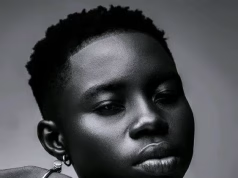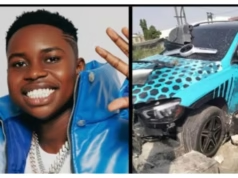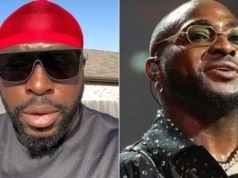In the tapestry of childhood memories, few threads are more vivid than the animated heroines who inspired us, made us laugh, and sometimes even made us pause and think. From action-packed escapades to quiet moments of self-discovery, the female cartoon characters who rose to cultural icon status were far more than just colourful figures on screen—they became symbols of possibility.
Whether you grew up cheering when one of them saved the day or simply felt seen when your favourite girl character solved a problem, these 15 heroines have earned their place in the hall of fame. They reflected, challenged or reshaped our ideas about strength, kindness, identity and agency. Their enduring appeal is not accidental—it’s rooted in who they were, how they moved through their worlds, and how we saw ourselves in them.
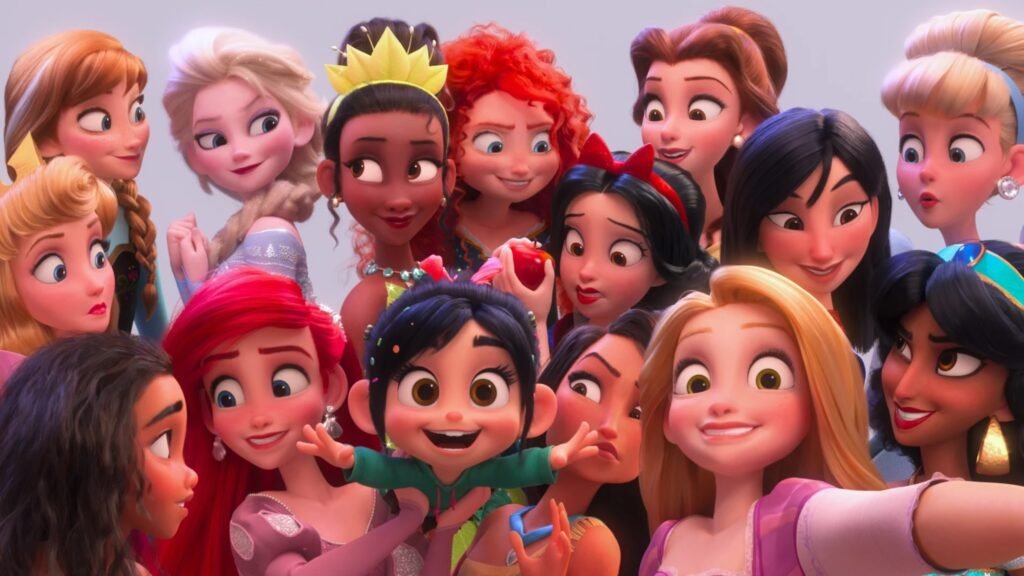
Table of Contents
Top 15 Most Iconic Female Cartoon Characters
Here, then, are fifteen standout characters—drawn from decades of cartoons, television shows and films—each iconic in her own way. The list is not exhaustive, but together these figures reflect the breadth and evolution of animated female characters we still love.
- Wonder Woman – Originally from comics, but her animated incarnations have done much to entrench her as the archetype of the heroic woman: principled, daring, compassionate.
- Elastigirl – Helen Parr’s dual role as mother and crime-fighter challenged the notion that animated female heroes can’t juggle both family and heroics with style.
- Blossom (from The Powerpuff Girls) – A girl-power icon who showed that teamwork, brains and heart can coexist in a spunky little hero.
- Lisa Simpson – Though the world of The Simpsons is chaotic, Lisa stands out as the voice of awareness, asking hard questions—and modelling how a young girl might care, question and act.
- Mulan – A character whose bravery is grounded in love for family, but whose path leads to self-empowerment.
- Princess Jasmine – She sought more than adoration; she demanded voice and agency in a world that expected her to be silent.
- Elsa – From icy isolation to embracing strength, she became the modern icon of self-acceptance and empowerment.
- Nala – In The Lion King, Nala stands not just as a love interest, but as a partner who leads the charge for her pride.
- Velma Dinkley – Her glasses may fall off, but her intelligence never does; Velma reflects that brains are a superpower too.
- Tinker Bell – The mischievous fairy who reminded us that magic—with courage and kindness—can come in small packages.
- Lola Bunny – With athleticism and attitude, she broke the mould of female cartoon characters being solely passive or decorative.
- Ariel – The mermaid whose longing for a broader world captured a universal desire to explore, change, and be heard.
- Princess Fiona – From her first appearance in Shrek, Fiona defied fairytale stereotypes—strong, smart, and fiercely independent.
- Shego – A villainous foil with charisma and capability, showing that iconic female characters don’t always have to play the heroine.
- Raven – Complex, powerful and emotionally rich, Raven challenged the idea that cartoon heroines must be unflappably cheerful.
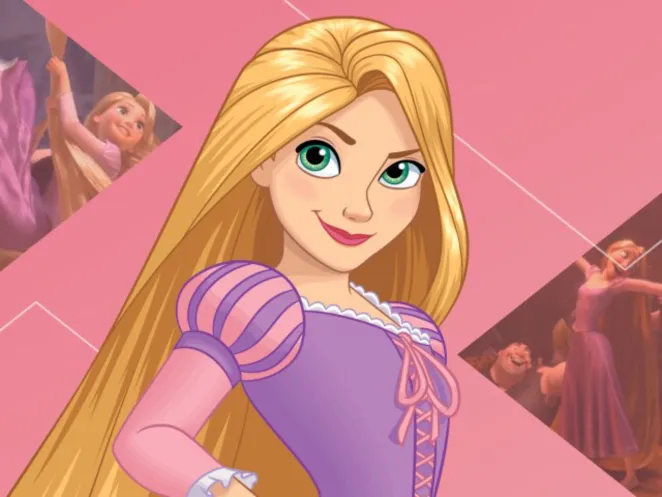
Patterns of empowerment and representation
Reviewing this list, a number of patterns emerge. These patterns help explain why certain characters last, why they matter, and how they continue to resonate with new generations.
- Agency, not passivity. Many of these characters make decisions, fight battles, and choose paths. They are not simply reacting. For instance, Elastigirl balances the domestic sphere with heroics; Jasmine demands a say in her destiny.
- Emotion meets action. They feel deeply while acting decisively. Lisa questions injustice; Ariel yearns and changes; Nala takes action for her community.
- Defying one-dimensional tropes. Gone are the days when female characters were mere sidekicks. These icons span hero, anti-hero, cheerleader, leader, and rebel. Shego and Raven, for example, offer complexity and layered roles.
- Relatability and aspiration. Whether a fairy (Tinker Bell) or a princess in hiding (Fiona), viewers found something of themselves—strength, vulnerability, determination.
- Evolution across generations. The way we talk about these characters today acknowledges their legacy, but also recognises the shifting landscape of representation: race, gender, identity, and role models. As one “Best female TV cartoon characters” list observed, shows evolved to include girls who questioned the status quo.
When these elements align—a strong character trait, emotional resonance, bold narrative—they create something that transcends the immediate show or film. They become part of our cultural vocabulary.
Why it still matters (and what to watch for next)
You may ask: why catalogue these icons? Why does it still matter in 2025 and beyond?
First, because characters shape norms. Young viewers absorb more than jokes and plot twists: they absorb who can speak, who leads, who saves, and who is worthy of admiration. When a young girl sees Lisa Simpson standing up for what she believes in, or Nala returning to save her home, subtle messages are sent: you belong, you matter.
Second, because nostalgia meets transformation. Adults may revisit these characters with new eyes—recognising limitations, seeing cultural shifts, and advocating for even richer representation. It’s part of how animation as a medium matures.
Third, because the next generation of characters is building on their shoulders. As one article framed it: female cartoon characters have “become popular personalities… their influence went beyond the screen.” Viewers are now asking: What do they stand for? What do they leave behind?
What should you watch for going forward?
- Diverse stories and characters: Not just gender-diverse but culturally, ethnically and identity‐rich.
- Intersectional empowerment: Representation that captures multiple dimensions (race, orientation, ability) in characters with depth.
- Narrative agency over tokenism: Characters who drive the plot, not just feature in it.
- Emotional authenticity: Characters who struggle, reflect, and change. Shego and Raven show this.
- Audience engagement: Fan communities, artwork, reflection—these characters continue to live in social media, memes, cosplay, and conversation.
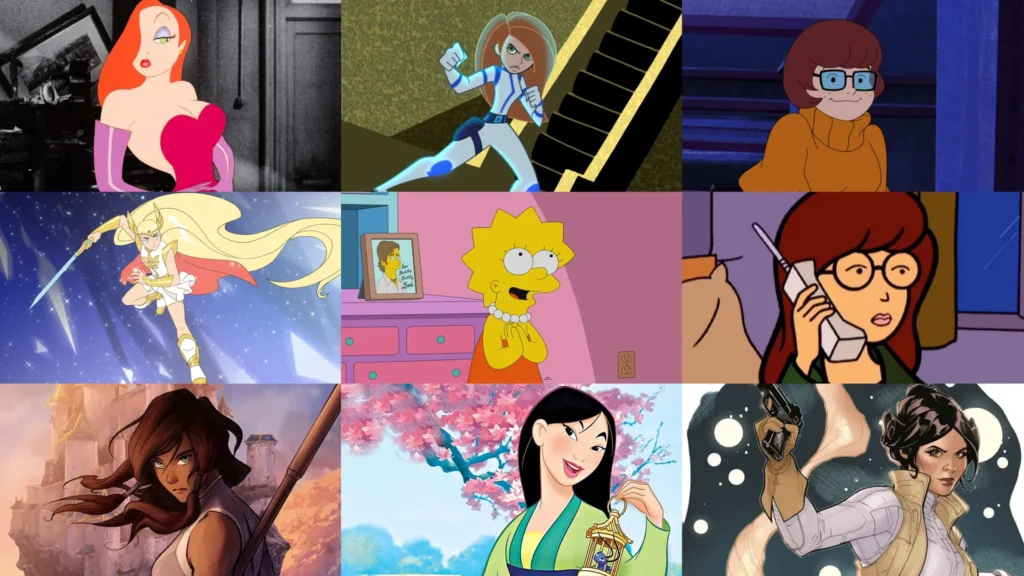
Concusion
As I reflect on these fifteen iconic female cartoon characters, I remember watching many of them as a child—cheering, mimicking, sometimes aspiring. But I also see now that what they offered was more profound than entertainment: they offered possibility. That girl who doesn’t wait to be rescued; that hero who asks questions; that villain who is more than just evil—they all invite us to see ourselves in new ways.
In reviewing and celebrating them, we’re not just indulging in nostalgia. We’re reminding ourselves of what great characters can do: inspire change, offer hope, challenge norms. And as new animated legends rise, the legacy of these icons will continue to light the way.
So if you’re planning a re-watch, or introducing children to older classics, or simply curious about animated storytelling: keep an eye on how representation evolves—and how each character, on screen or off, continues to matter.
Thank you for reading.
— Your Editorial Team
Join Our Social Media Channels:
WhatsApp: NaijaEyes
Facebook: NaijaEyes
Twitter: NaijaEyes
Instagram: NaijaEyes
TikTok: NaijaEyes
READ THE LATEST ENTERTAINMENT NEWS


